
Natural Chemicals Transform Man-Made Particulates
Competition between two natural chemicals to coat and change atmospheric particles from fossil fuel combustion could improve accuracy of climate and air quality simulations.

Competition between two natural chemicals to coat and change atmospheric particles from fossil fuel combustion could improve accuracy of climate and air quality simulations.
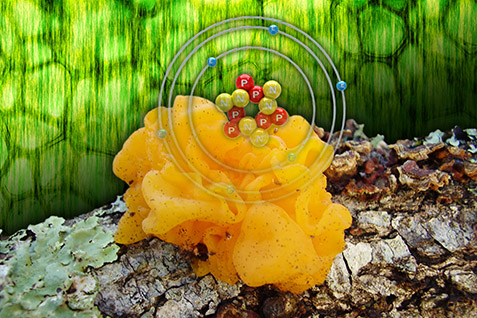
Analyses reveal diversity in carbon turnover and other degradation processes, offering insights for biofuel production.

Scientists determined new molecular-level information at the solid/liquid interface, pushing toward better energy storage devices.
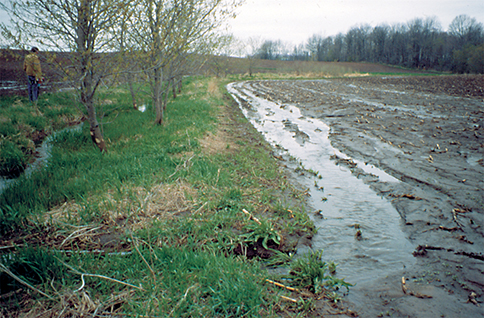
Understanding differences in modeling soil water will help scientists simulate how this moisture affects the climate.
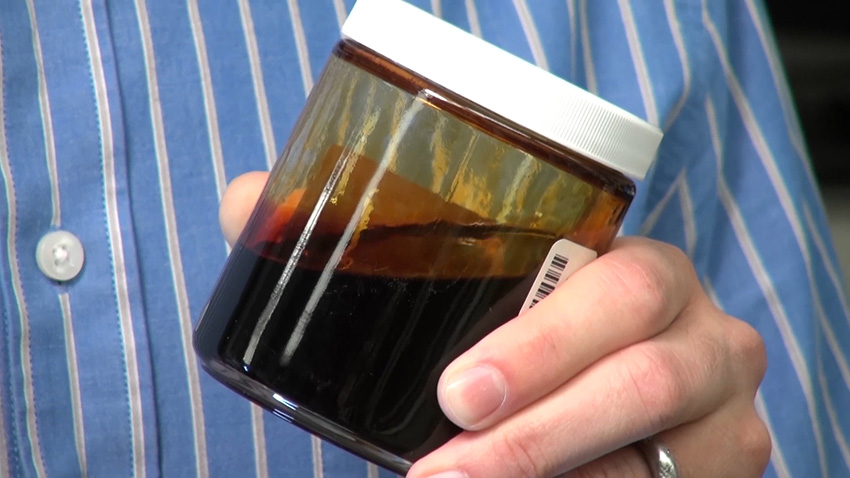
New findings will help extend the lifetime of catalysts used to process bio-oils in liquid systems.

Findings could aid contaminant management efforts at former weapons production and industrial processing sites.
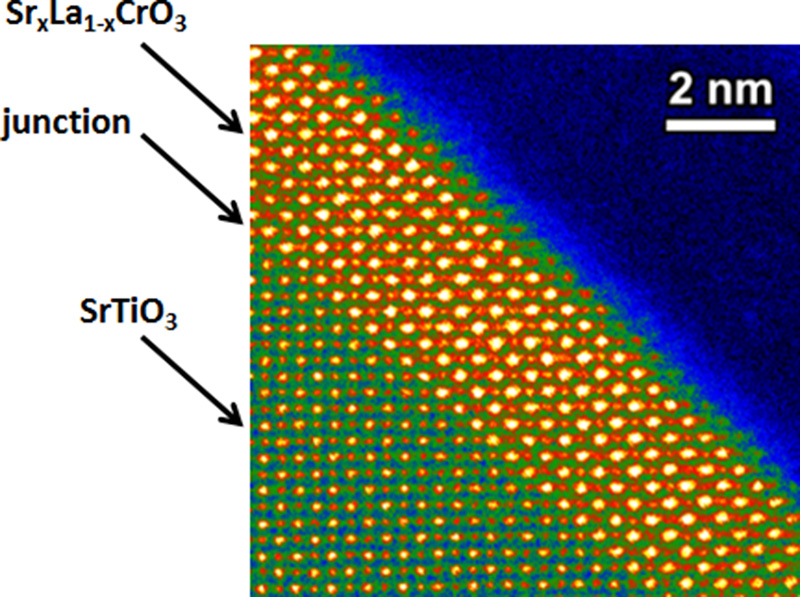
A low-cost, stable oxide film is highly conductive and transparent, rivaling its predecessors.
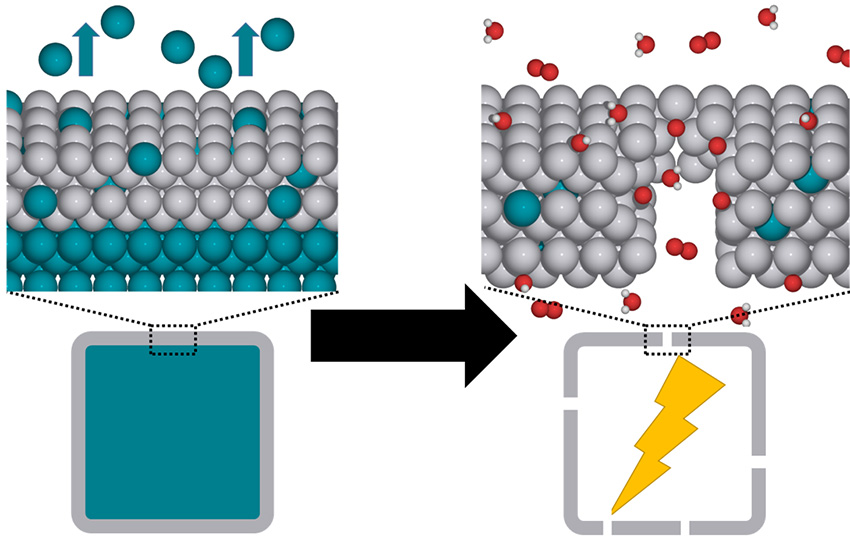
Hollow shape-selected platinum nanocages represent a new class of highly active catalysts.
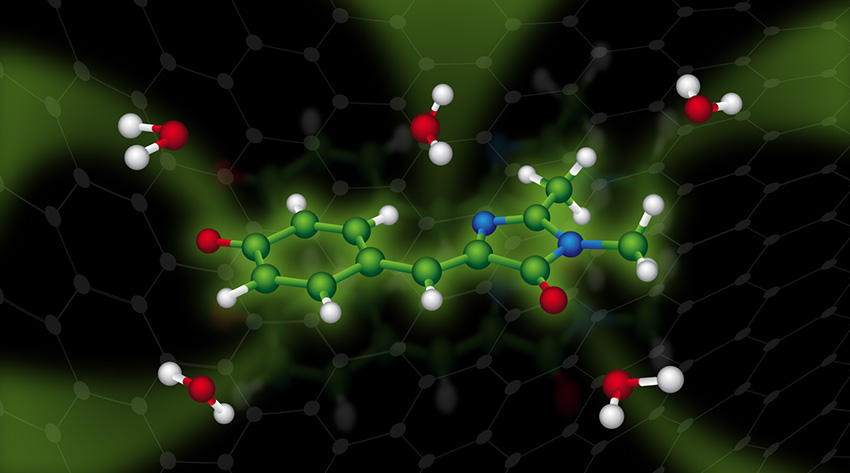
A new approach to investigating green fluorescent protein provides a vital tool for unraveling molecular-level details of processes important in biology and light harvesting for energy use.

Herbivore digestion involves a large variety of enzymes that break woody plants into biofuel building blocks.

Surface plasmons move at nearly the speed of light and travel farther than expected, possibly leading to faster electronic circuits.
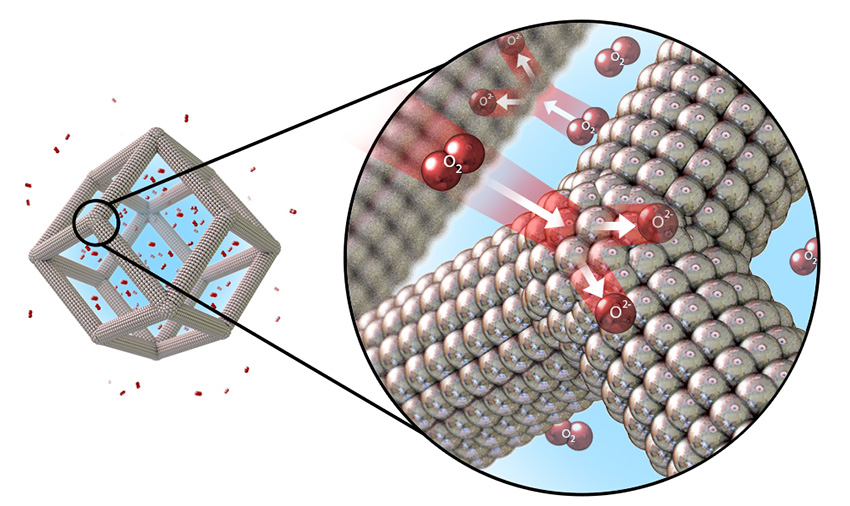
Concentrating noble-metal catalyst atoms on the surface of porous nano-frame alloys shows over thirty-fold increase in performance.